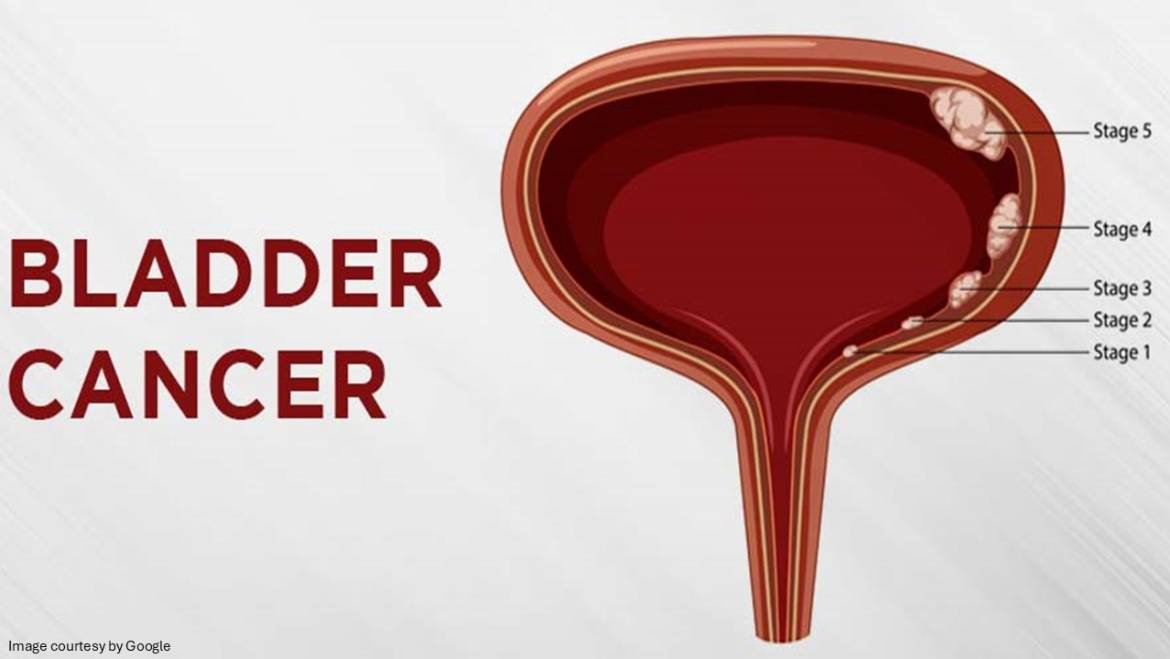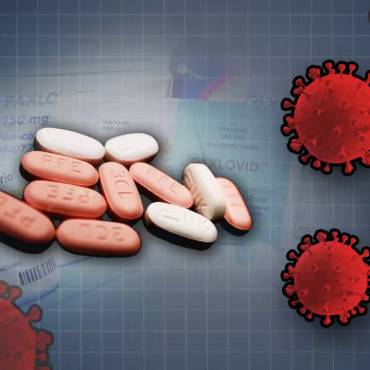Certain changes in the DNA inside normal bladder cells can lead to abnormal growth and cancer formation. Bladder cancer symptoms range from lower back pain to blood in your urine. Read to know more about bladder cancer.
What is bladder cancer?
Bladder cancer is a type of cancer that starts in your bladder, which is a balloon-shaped organ in the pelvic area that executes the function of storing urine. Bladder cancer starts mostly in the cells in the inner lining of the bladder. Although bladder cancer can occur at any age, it usually affects older adults. The great majority of bladder cancers are detected at an early stage when it is not life-threatening and highly treatable. However, recurrence of even an early-stage bladder cancer is possible. Thus, people who survive bladder cancer often undergo follow-up tests for many years after treatment to look for the recurrence of bladder cancer.
Symptoms of bladder cancer
Bladder cancer can be detected at an early stage because it is associated with bloody urine (hematuria) or other urinary symptoms.
Generally, hematuria is the first bladder cancer sign. Sometimes, the color of the urine changes to orange, pink, or darker red due to the presence of a large amount of blood.
Blood may be present on one day and absent the next, with the urine remaining clear for weeks or months. If a person has bladder cancer, blood reappears in due course.
Bladder cancer symptoms can sometimes include:
-
- frequent urination
- pain or burning during urination
- urge to urinate even when it is not full
- having trouble during urinating or having a weak urine stream
Advanced bladder cancer symptoms
Bladder cancers that have advanced or have spread to other body parts can sometimes result in the following cancer symptoms:
-
- Being unable to urinate
- Swelling in the feet
- Pain on one side of the lower back
- Loss of appetite and weight loss
- Fatigue or tiredness
- Bone pain
Many of these symptoms of cancer are more likely to be caused by conditions other than bladder cancer. However, it is important to get yourself checked in case any of these symptoms appear so that the cause can be found and cured.
Also Read:HOW TO MANAGE STRESS
What are the risk factors that may increase risk?
Several risk factors have been identified for developing bladder cancer.
Note: Having a risk factor increases the risk of developing cancer, but it doesn’t mean you will get cancer. Similarly, not having a risk factor does not mean that you will not get cancer.
What causes cancer of the bladder?
Well, these factors may increase the risk of developing bladder cancer:
-
- Exposure to radiation
- Tobacco smoking
- Exposure to aromatic amines
- Recurrent long-lasting urine infections
- Previous treatment for bladder cancer
- Family history of bladder cancer
- Other health conditions, such as systemic sclerosis or kidney transplant
- Obesity
However, each factor may not apply to everyone who develops the condition. Tobacco smoking is the most important risk factor for developing cancer of the bladder, which accounts for around 50% of cases. Those who smoke are more likely to develop bladder cancer as compared to people who don’t smoke.
Bladder cancer treatment
The course of bladder cancer treatment depends on the stage, overall patient health, age, support system, and other preferences. Bladder cancer treatments mainly include:
-
- Surgery
Sugery is the most common bladder cancer treatment and can be considered for all stages of the disease.
A transurethral resection (TUR) is a procedure in which a cutting tool is inserted into the bladder using a type of cystoscope called a resectoscope. It can remove small tumors and abnormal tissue and burn away any remaining cancerous cells. It can treat stage 0 and stage 1 bladder cancer.
If the cancer has grown or spread deeper into the bladder, a form of cystectomy can be performed. A partial cystectomy includes taking away a portion of the bladder that contains cancer cells.
A radical cystectomy is the removal of the entire bladder. Usually, it involves the removal of surrounding lymph nodes, the prostate and seminal vesicles, and/or the uterus, ovaries, and part of the vagina. Reconstructive surgery will be performed after a radical cystectomy to make a new way for the body to stock up and eliminate urine.
-
- Chemotherapy
Chemotherapy uses drugs to kill cancer cells or to minimize tumors so that they can be controlled with less invasive surgery. It can be performed to treat cancer before or after surgery, and the drugs can be given orally, through veins, or into the bladder with a flexible tube (catheter).
Chemotherapy is usually given in series. After every treatment, there is a period of rest to allow the body to recover. The side effects of chemotherapy are constipation or diarrhea, fatigue, increased bleeding or bruising, increased risk of infection, loss of appetite, hair loss, mouth sores, nausea, and vomiting.
-
- Radiation therapy
Radiation therapy is used less frequently and is usually performed alongside chemotherapy. It kills cancer that has infected the muscular wall of the bladder and may be helpful for people who can’t undergo surgery.
The side effects of radiation therapy include discomfort in the bladder, hematuria, diarrhea, fatigue, nausea and vomiting, and irritation in targeted areas of the skin.
-
- Biological therapy
Early stages of cancer can be cured by strengthening the immune system, known as biological therapy or immunotherapy.
The most common form of biological therapy is Bacillus Calmette-Guerin therapy (BCG). This treatment is usually given once a week for 6 weeks. Its symptoms are manageable.
Interferon (a protein made by the immune system to fight infection) is another option under biological therapy. A synthetic interferon can be used in bladder cancer treatment, sometimes in combination with BCG.
Also Read:Home remedies for joint pain
Conclusion
Bladder cancer is where an abnormal growth of tissues takes place in the inner lining of the bladder. Hematuria is the first and most common bladder cancer symptom, including other urinary symptoms. In its early stages, it can be brought under control with various bladder cancer treatments, followed by recurrent check-ups.



